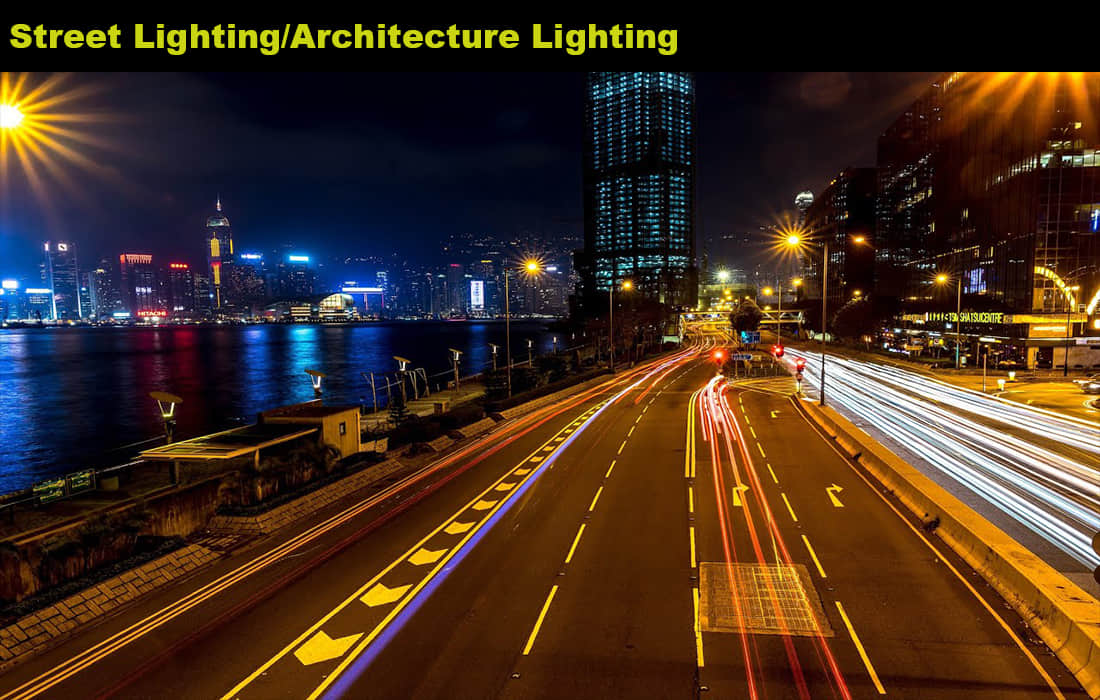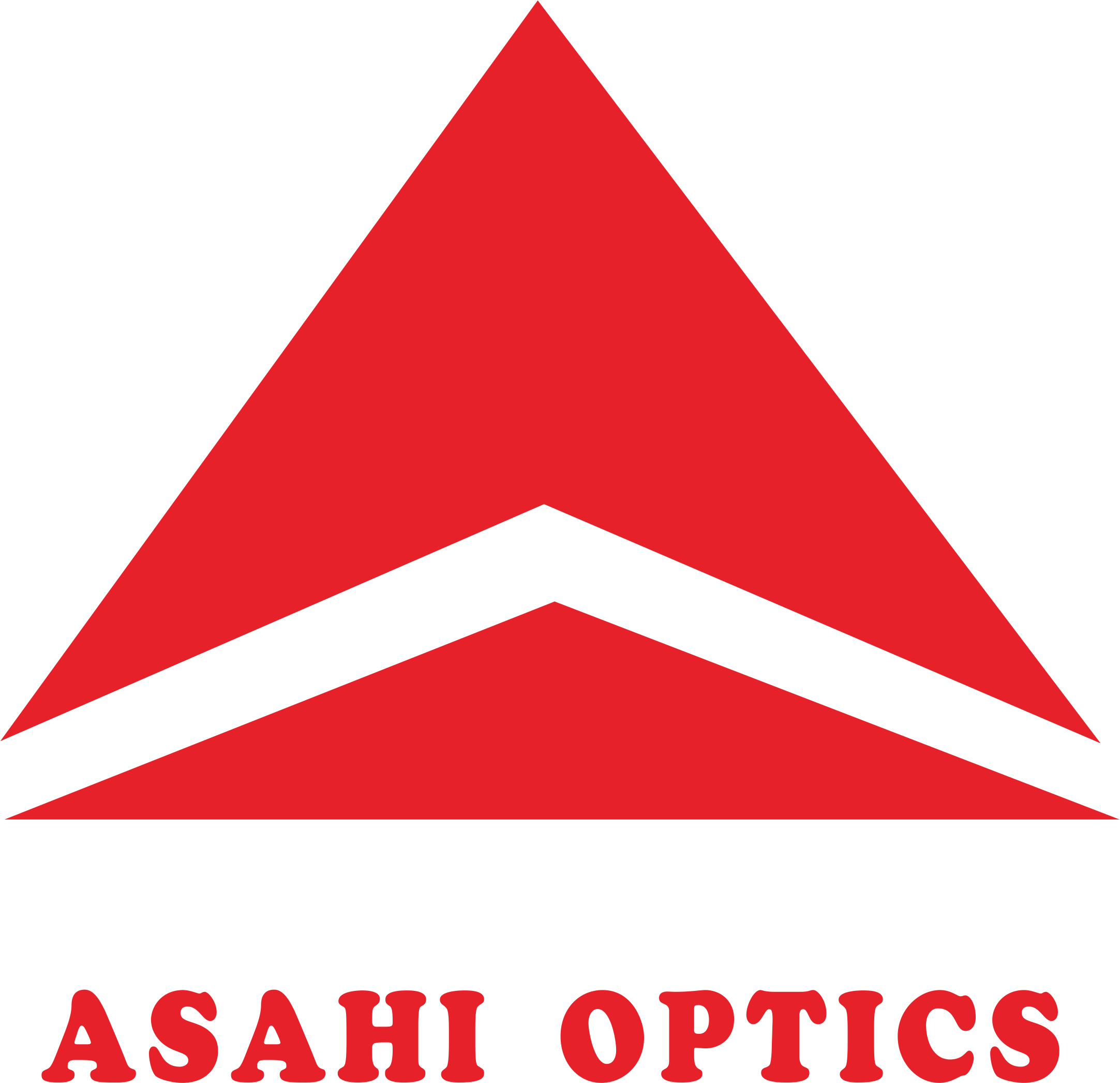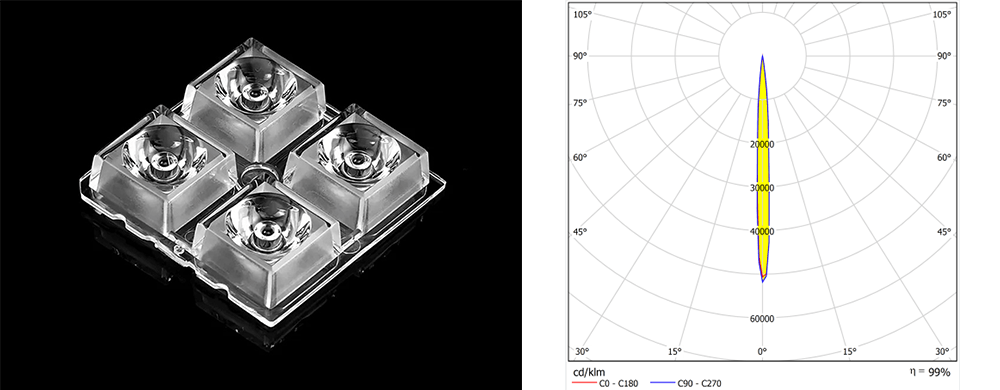Understanding basic lighting standards is crucial both when designing a lighting system and when developing optical lenses. Choosing the right fixtures, beam angle, and protection level directly influences visibility, safety, and long-term durability. Let's talk about "Lighting Standards" in detail.
Understanding Lighting Criteria
Lighting criteria involve parameters such as illuminance levels, uniformity ratios, glare control, color rendering index (CRI), and beam precision. Take street lighting and stadium lighting as examples.
Application in Street Lighting
For street lighting, the goal is to provide consistent brightness with minimal glare to ensure road safety for drivers and pedestrians.
Modern street lighting benefits from optical lenses designed for precise beam control. Appropriate lenses can reduce light pollution and energy waste. For example, narrow and medium beam angles can be customized to meet street lighting standards, ensuring even light distribution and avoiding unnecessary spillage.

Application in Sport Stadium Lighting
For sport stadium lighting, the emphasis shifts toward high-intensity illumination, sharp beam control, and uniform coverage to support both live spectators and high-definition broadcast quality.
Stadium lighting requires higher brightness, excellent uniformity, and very low glare. Optical lens technology, such as the 3535 LED 10° Narrow Beam Sport Stadium Lighting Lens,
- Model: ALHB50D4LED3535T10G
- Size: 50x50mm, 2x2 narrow beam lens
- Beam Angle: 10°, optimized for 3535 LEDs
plays a key role in achieving this professional lighting quality.
IP66 vs IP64 – Which Protection Level Should You Choose?
The IP (Ingress Protection) rating is a crucial factor when choosing lighting fixtures for outdoor environments. Both IP66 and IP64 ratings protect against dust ingress, but the difference lies in water protection:
IP64: Protected from splashing water from any direction. Suitable for areas where fixtures are not directly exposed to intense water jets.
IP66: Offers complete protection against powerful water jets and heavy rain, making it ideal for harsh outdoor conditions such as stadium floodlights or street lights in coastal or high-rainfall regions.
For environments where reliability in extreme weather is vital—such as open stadiums or exposed roadways—IP66-rated fixtures provide superior resilience and long-term performance.

